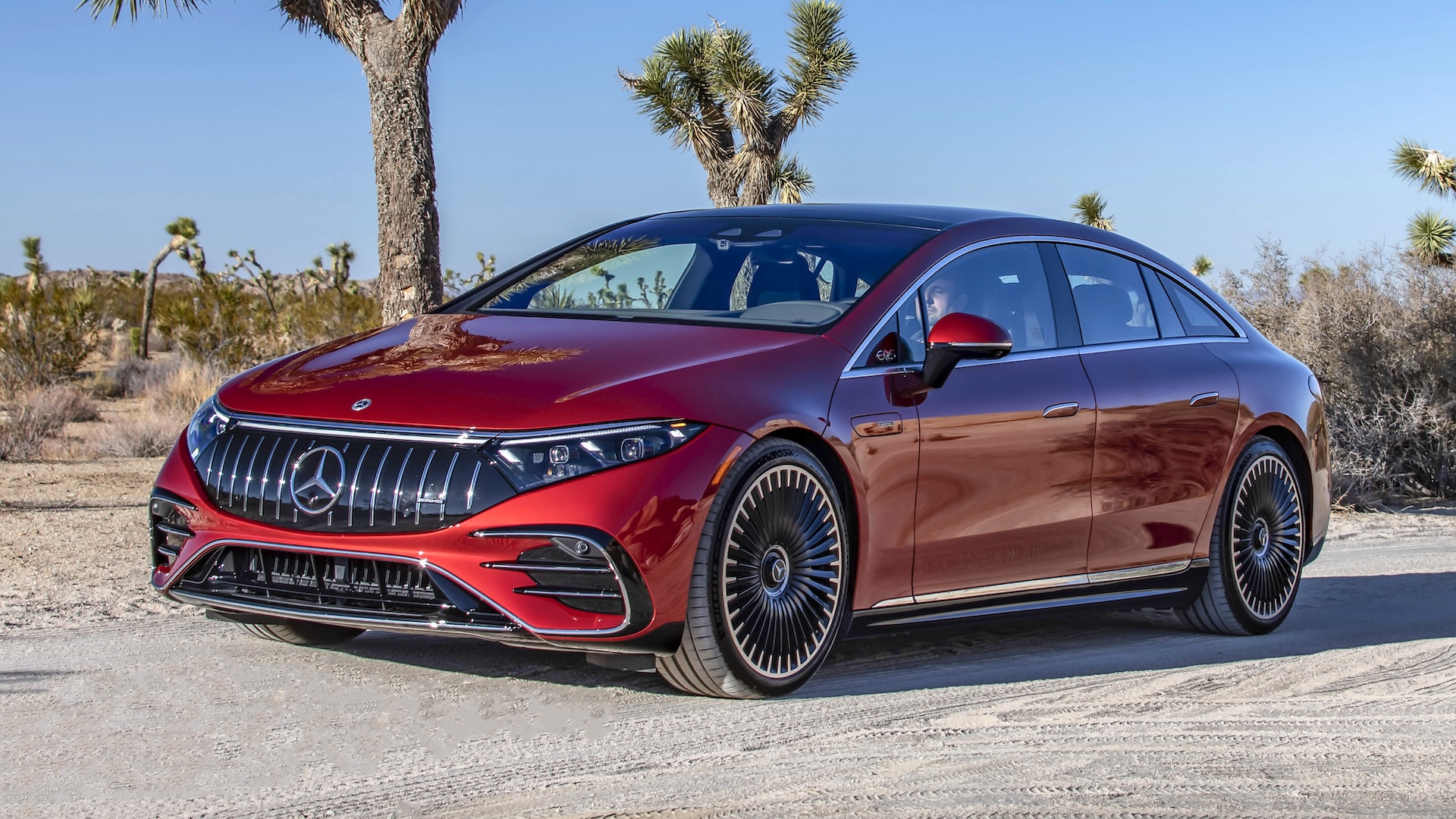

Mercedes-Benz isn’t just backing down from its EQ EVs’ controversial styling—it seems to be abandoning the sub-brand altogether. So indicates the confirmed retirement of the flagship EQS nameplate, which Mercedes reportedly plans to fold into the S-Class lineup as it continues into the 2030s with combustion power.
This comes via Autocar, whom Mercedes‘ CEO Ola Källenius told that “there will be two S-Classes in the future—ICE and electric.” He’s not referring obtusely to the EQS either, but saying that it will become the S-Class, styling and all. Sort of like the electric G-Wagen. They’ll have the same styling inside and out save for the grilles, though their mechanicals will drastically differ. For the EV, Mercedes will utilize its MB.EA Large platform, while the ICE version will use an evolution of the current MRA architecture. This won’t be until the next-gen S-Class arrives in 2030 though, as Mercedes plans substantial updates to the current models coming in the next two years.

Next year, the EQS will reportedly be overhauled with an 800-volt drivetrain, new battery chemistry, and new drive motors with a two-speed transmission. This’ll improve charging and range, but also top speed. The year after that (in 2026), a facelifted S-Class will follow with milder updates such as new styling, infotainment, and a mild-hybrid version of the 4.0-liter, twin-turbo V8. Hands-free SAE Level 3 driving assists will also become more widely available.
Mercedes’ top-end sedan lines may be re-converging owning to weak sales performance on both sides of the battery-combustion fence. While the EQS has never been a particularly hot seller, the S-Class itself tumbled 37 percent in Q1 of this year as the sedan aged past its typical update interval. As a result, the factory where both the EQS and S-Class are made was recently reduced to a single shift. EVs are also only about halfway to the 20-percent global sales volume Mercedes projected by now, standing at just 11 percent globally. ICEs will now remain Mercedes’ bread and butter at least as far out as 2030, if not beyond that depending on EVs’ uptake around the world.
Got a tip or question for the author? You can reach them here: james@thedrive.com